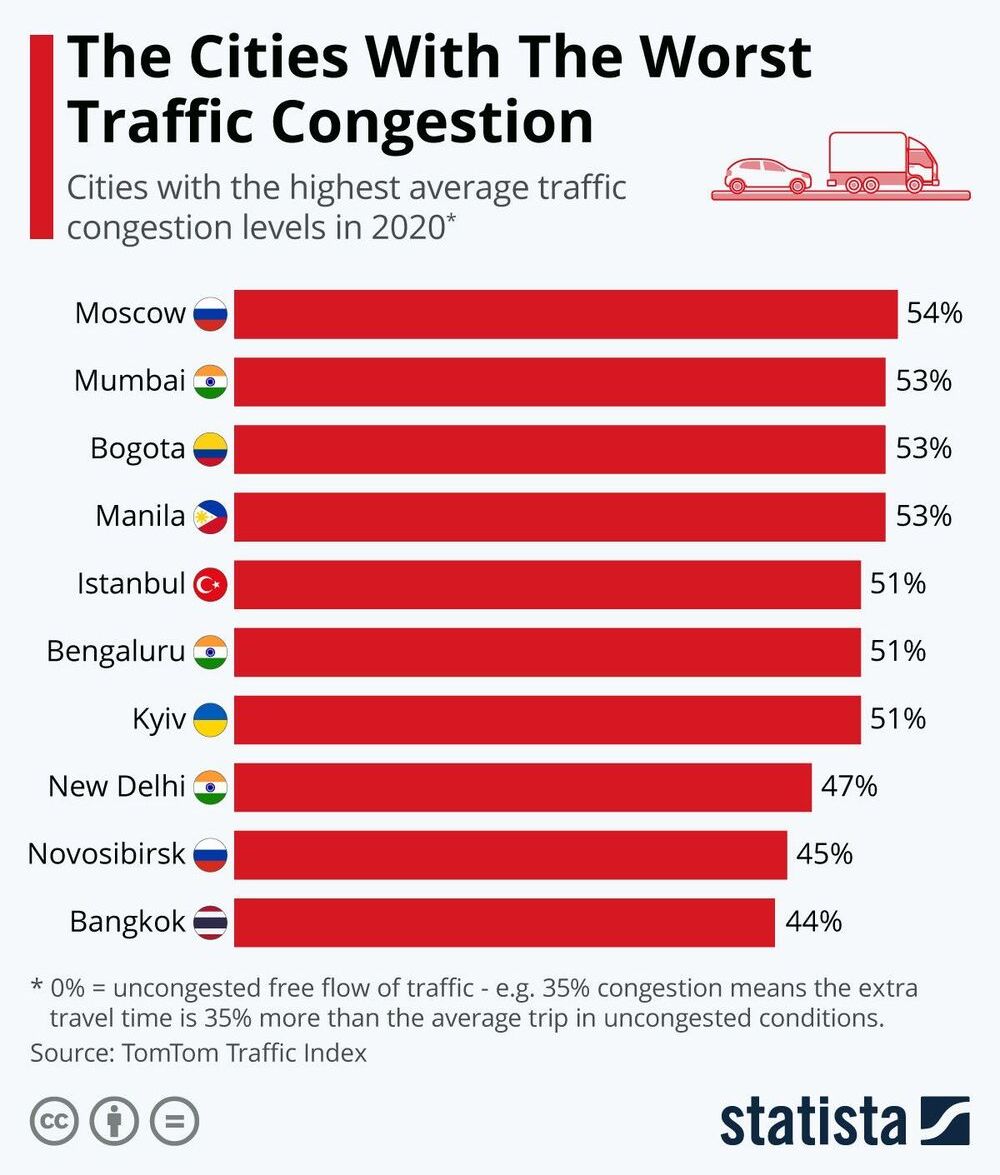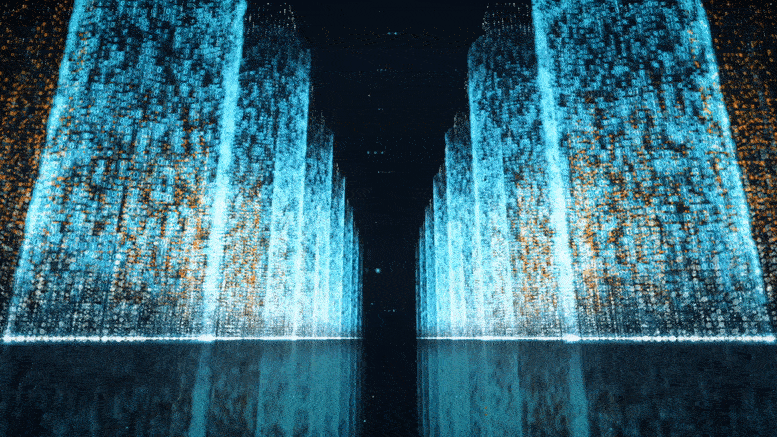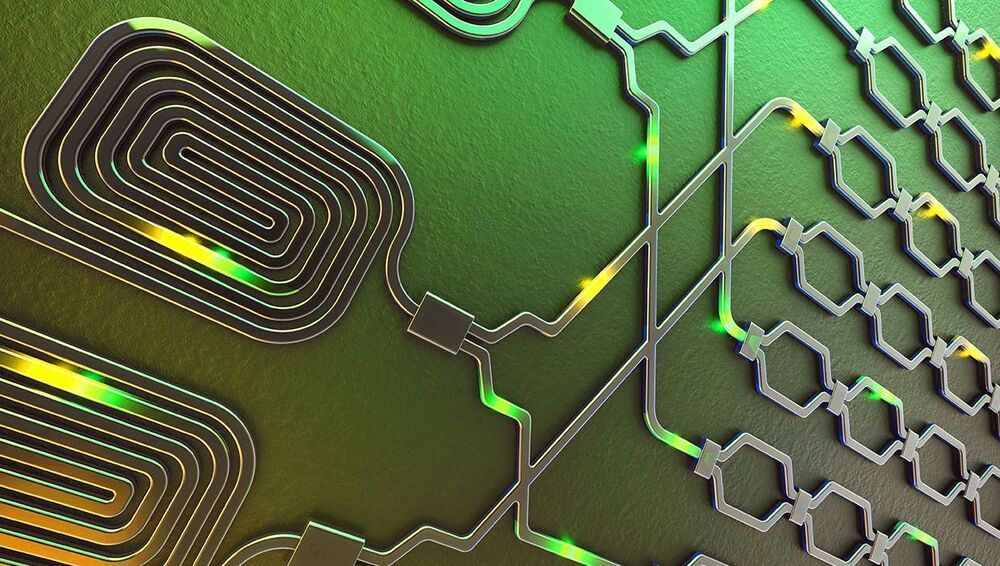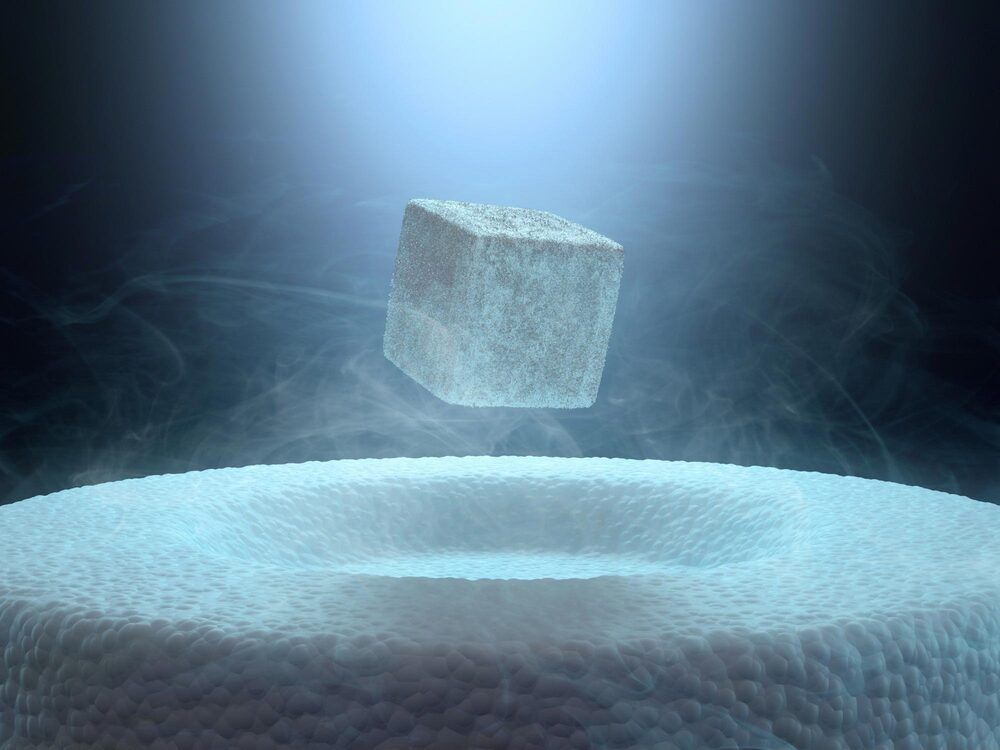On Thursday, Tesla CEO Elon Musk unveiled the Tesla Bot, which runs on the same AI used in Tesla’s autonomous vehicles. This surprise reveal was shared at the end of Tesla’s AI Day presentation. Musk revealed very few details about the humanoid robot besides the fact that it is 5″ 8′ and weighs 125 pounds.
The Tesla Bot is to be built from lightweight materials, and its head will be fitted with the autopilot cameras used by Tesla’s vehicles for sensing the environment. The Bot will be operated by Tesla’s Full Self-Driving (FSD) computer.
As Tesla focuses on Artificial Intelligence (AI) upgrades for its electric vehicles, there has also been a focus on the Dojo supercomputer, which is intended to help train the EVs to navigate the streets without human assistance. Musk said that it only made sense to make the robot into a humanoid form and that it is intended to be friendly and help navigate through a world built for humans.







